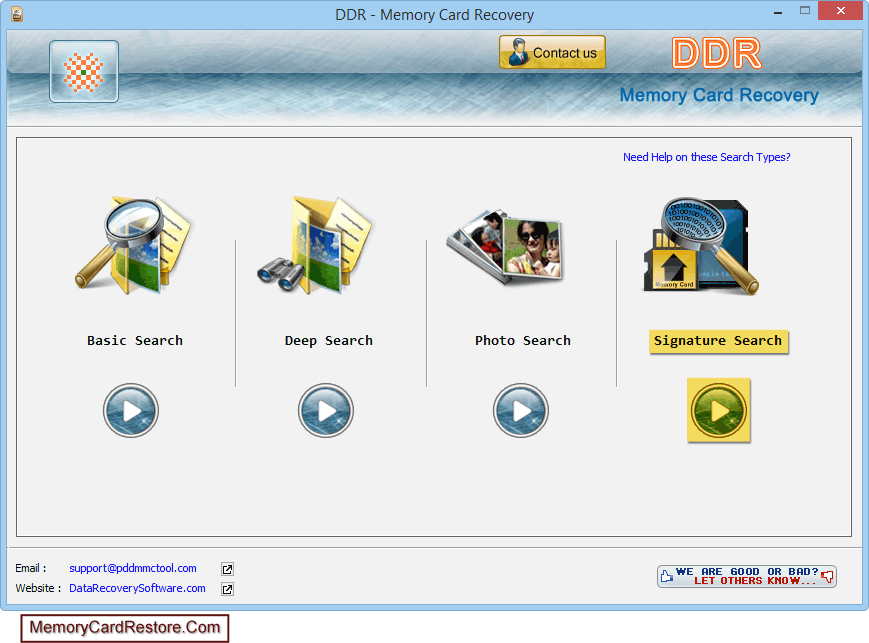
As businesses also seek to leverage emerging technologies, such as AI, machine learning, and edge computing, these workloads will need to be stored together to facilitate insights and learning. This need is primarily driven by the growth of unstructured data and the acceleration of business transformation and cloud migration efforts as a result of the COVID-19 pandemic. According to a recent IDC survey (link resides outside IBM), 44% of survey respondents run less than 40% of their apps and workloads on all-flash arrays, but this number is expected to grow due to increasing storage demands. While NAS technology has been around for a few decades, it has recently seen a resurgence in its adoption.
Device facilitates file sharing and data backup. windows#
For example, a Windows client will typically have a server message block (SMB) protocol while a Linux or UNIX client will have a network file system (NFS) protocol. Transmission Control Protocol (TCP) and Internet Protocol (IP)-are used for data transfer, but the network protocols for data sharing can vary based on the type of client.


Network attached storage (NAS) is a centralized, file server, which allows multiple users to store and share files over a TCP/IP network via Wifi or an Ethernet cable.


 0 kommentar(er)
0 kommentar(er)
